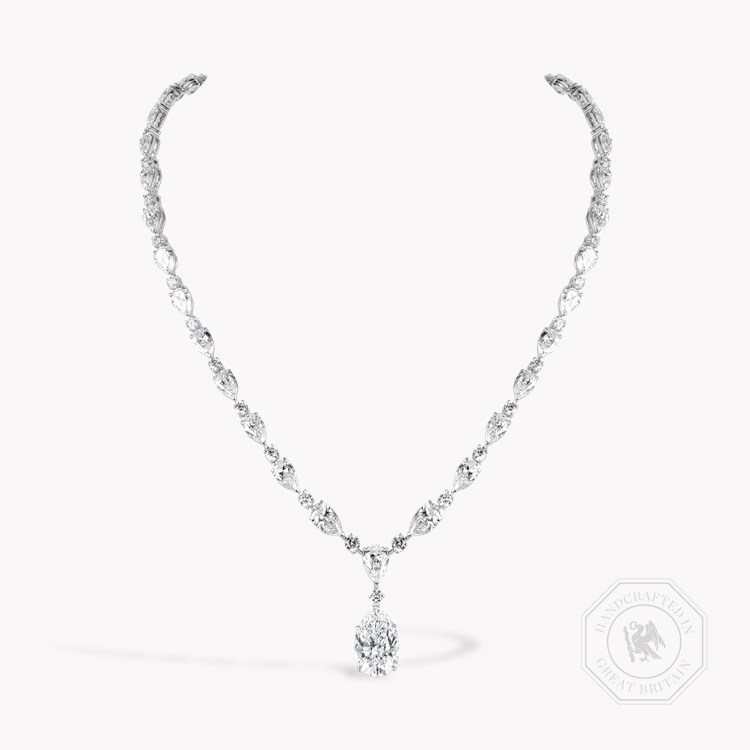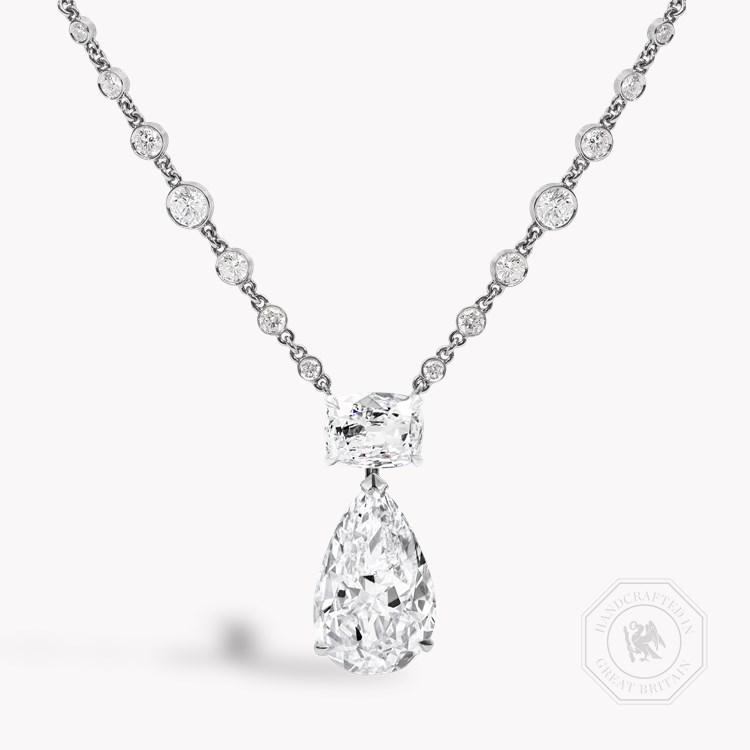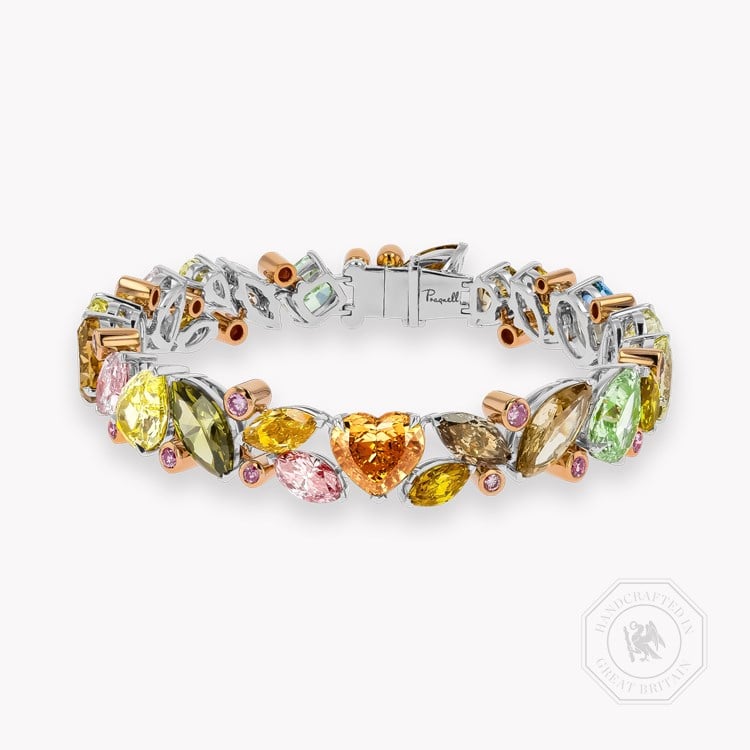Diamond Sources
Diamonds are found in specific regions around the world, with the leading current diamond-producing countries being Botswana, Canada, and several African nations.
These precious gemstones form deep within the Earth's mantle, typically at depths of 100 to 200 miles, over millions of years under immense pressure and high temperatures. The occurrence of diamond deposits is influenced by the geological conditions associated with their formation and their location within the Earth's crust.
.jpg)
Golconda Diamonds
Golconda diamonds, the first diamonds ever discovered by humans, have a fascinating history that dates back to the early 16th century.
These diamonds are composed of pure carbon and are entirely free from chemical impurities. They are among the cleanest, most transparent, and brilliantly sparkling diamonds on Earth, exhibiting what is known as "ultra-limpidity," similar to looking through icy, pure mountain water.
Golconda diamonds are classified as Type IIa, which are chemically pure stones that comprise less than 2% of the world's natural diamonds. However, what sets Golconda stones apart is their unique and almost mythical legacy, even among Type IIa diamonds.
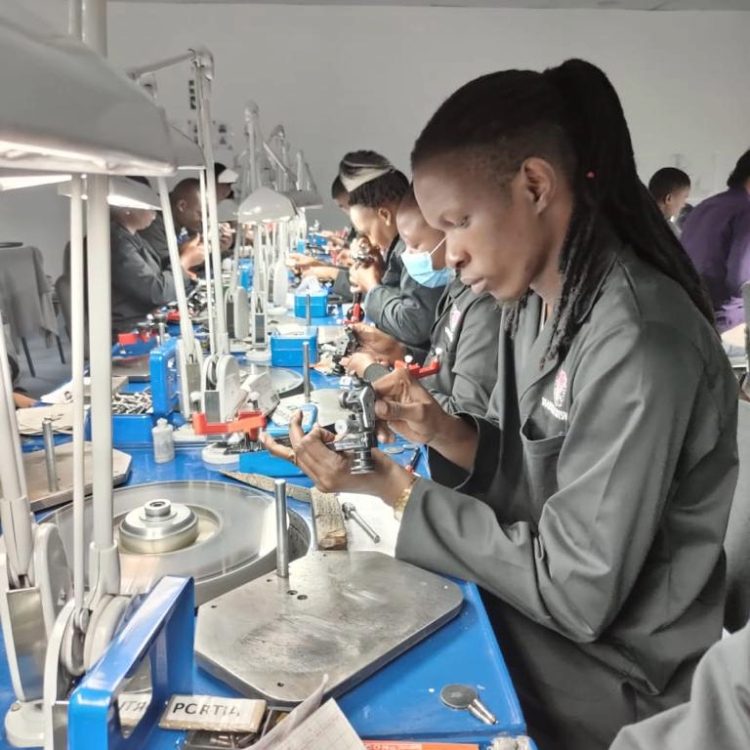
Botswana Diamonds
Diamonds were first discovered in Botswana in 1967, which transformed the nation's economy and led to significant prosperity. The Jwaneng diamond mine, established in 1982, has positioned Botswana as the world's second-largest producer of rough diamonds. In 2018, Botswana accounted for 16% of the market and 70% of the country's exports.
The government emphasised ethical mining practices, ensuring that the profits benefit the population. Private schools were established for the children of mine workers, and free education became accessible nationwide. Purchasing a certified Botswanan diamond guarantees fair treatment and compensation for everyone involved in its journey, and ongoing investment in technology continues to enhance the industry, helping Botswana maximise its mineral wealth.

South African Diamonds
South Africa is the birthplace of the modern diamond industry, with significant discoveries made in the 1860s that led to the rapid development of Kimberley. Cecil Rhodes founded De Beers Consolidated Mines Ltd., which established a diamond monopoly and increased global production tenfold within a decade.
Today, South Africa ranks as the world's sixth-largest diamond producer, generating approximately ten million carats in 2018, with a value exceeding $1.2 billion. The diamond industry supports tens of thousands of jobs and contributes to community development through taxes. Notably, South Africa is recognised for its ethical diamonds. It has produced some of the world's most famous gems, including the Cullinan I, which is part of the British Crown Jewels and has played a significant role in shaping the country's economic future.
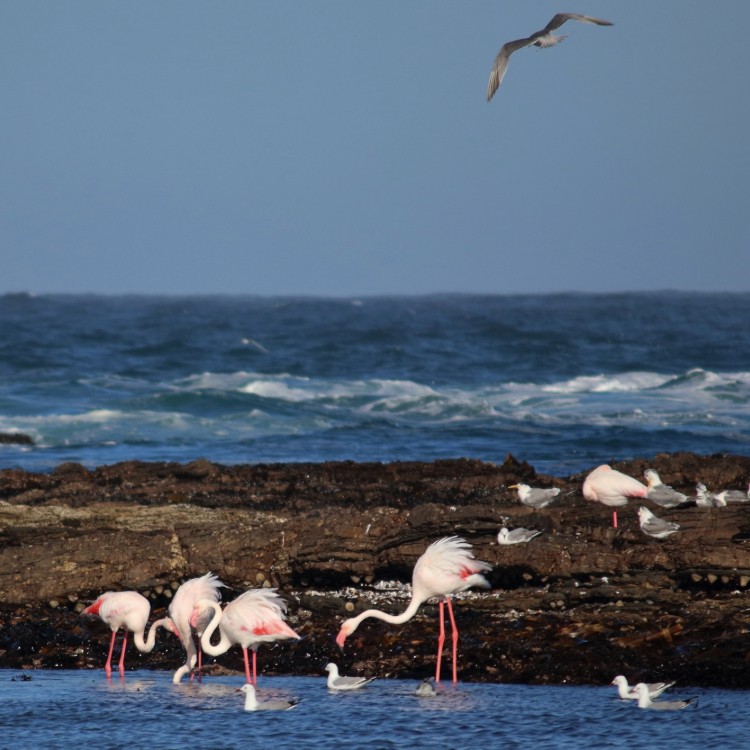
Namibia Diamonds
Namibia's diamonds were formed millions of years ago and carried downstream by the Orange River, leading to both land and marine deposits. Marine diamonds are extracted using advanced underwater machinery that minimises ecological disturbance, with gravel returned to the sea. Land-based mining in areas like the Namib Desert is also significant, contributing to the national economy and providing job opportunities for local communities.
Renowned for their quality, Namibia's diamonds are ethically sourced, making them an appealing choice for consumers who value sustainable practices. With ongoing advancements in technology and a focus on conservation, Namibia remains a key player in the global diamond market while protecting its natural heritage for future generations.
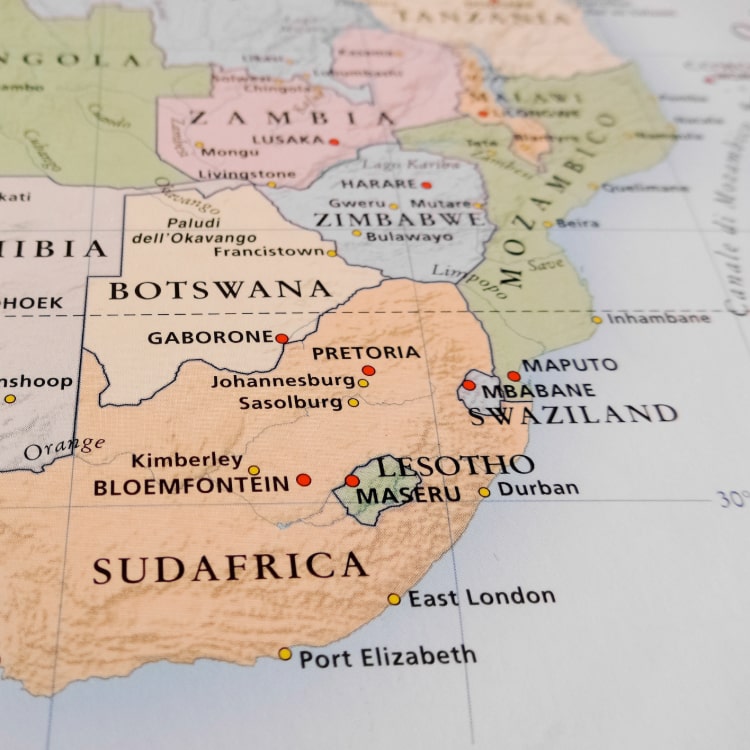
Lesotho Diamonds
Lesotho is a small, landlocked kingdom surrounded by South Africa, with a population of around 2.1 million. Diamond mining is the largest private sector employer, with the Letšeng mine, known for producing high-quality, colourless diamonds. The industry utilises advanced technology and offers training to local workers, while also improving access to healthcare, education, and job opportunities in remote areas.
Lesotho's diamond industry is experiencing growth. In 2015, production reached 304,000 carats and quadrupled within three years following reforms that modernised mineral legislation. This sector generates significant revenue, offering hope for a brighter future for the people of Lesotho.
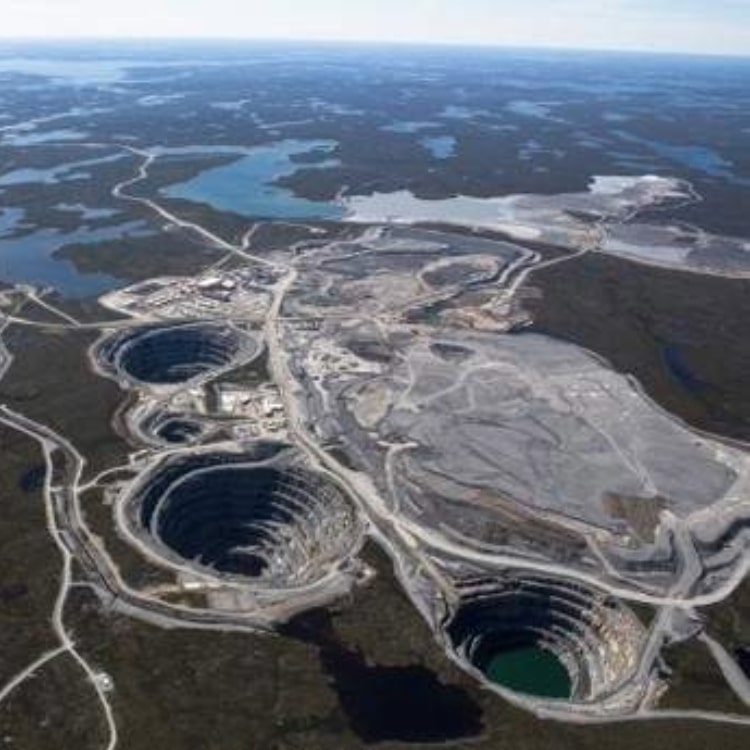
Canadian Diamonds
In 1961, geologists began exploring Canada for diamonds, but it wasn't until 1987 that the first economically viable kimberlite discovery was made. By 2017, Canada had become the third-largest diamond producer by value and the fourth by volume. Despite this progress, much of the country remains unexplored for mineral resources.
Diamond exploration focuses on sourcing viable diamonds while also protecting communities and the environment. The Gahcho Kué mine provides thousands of jobs and emphasises local investment to ensure that economic benefits reach nearby communities. Strong partnerships with these communities have played a crucial role in the success of Canada's diamond industry.
Explore Masterpiece Diamond Jewellery
Jewellery CLP Page
Contact us
